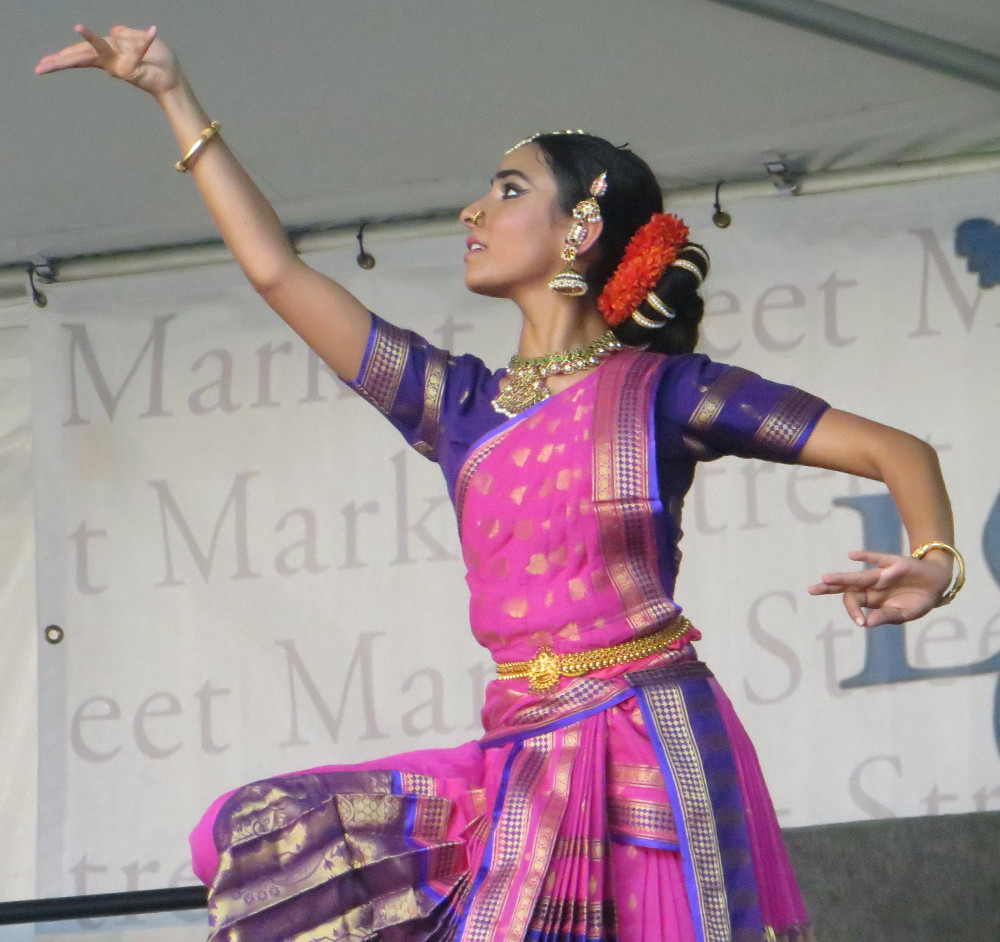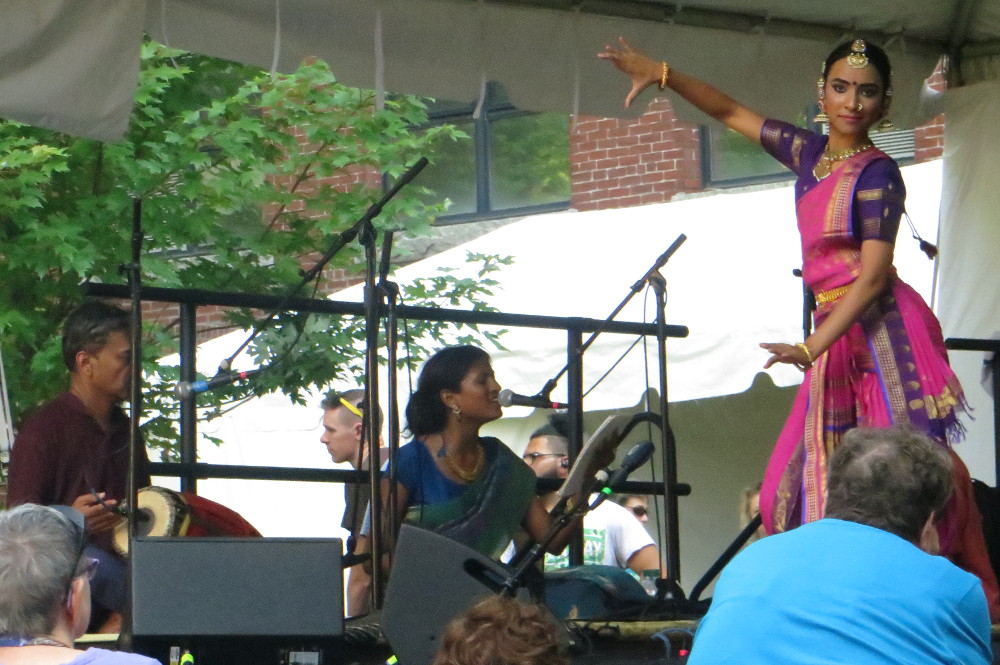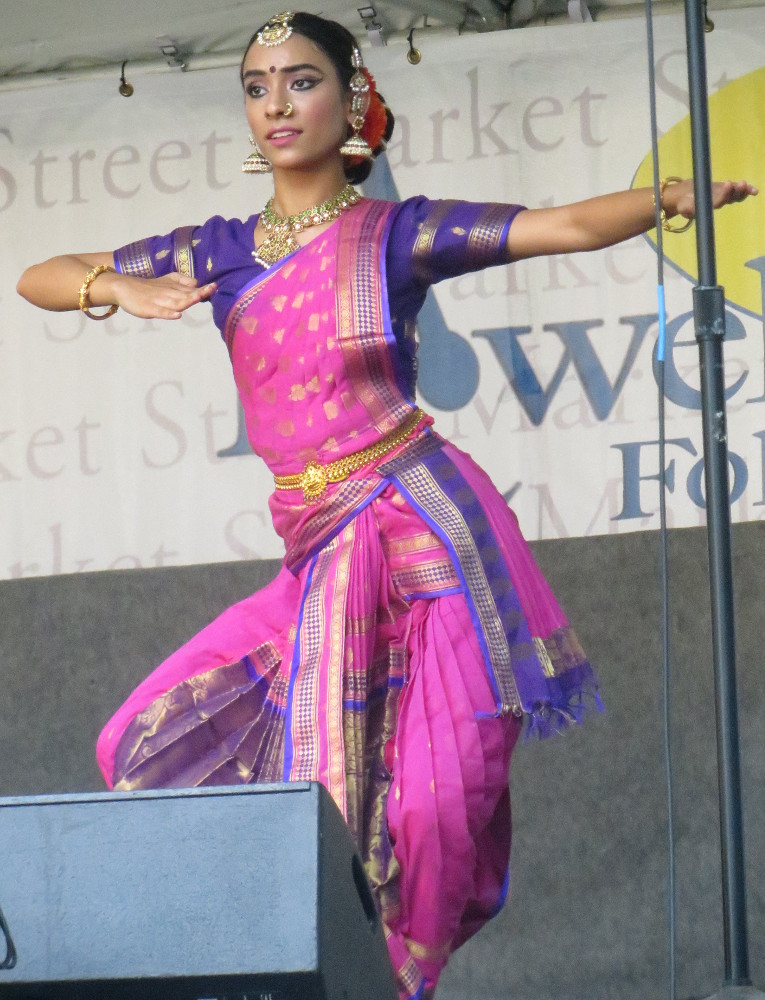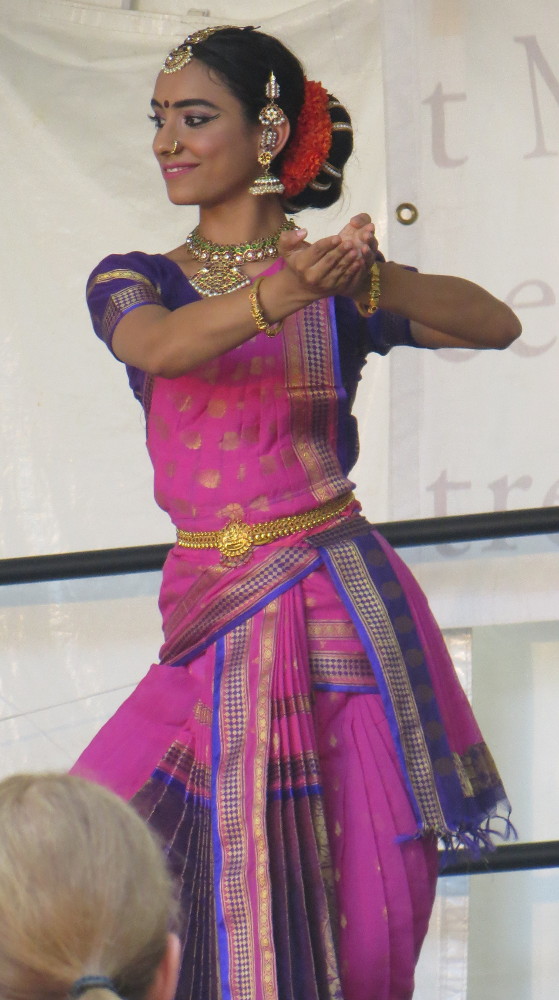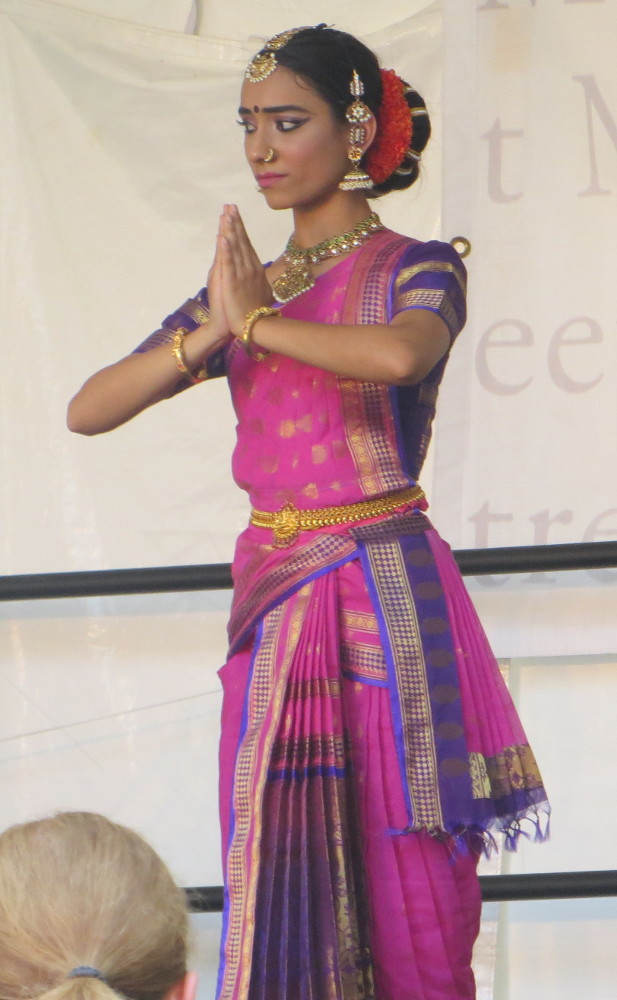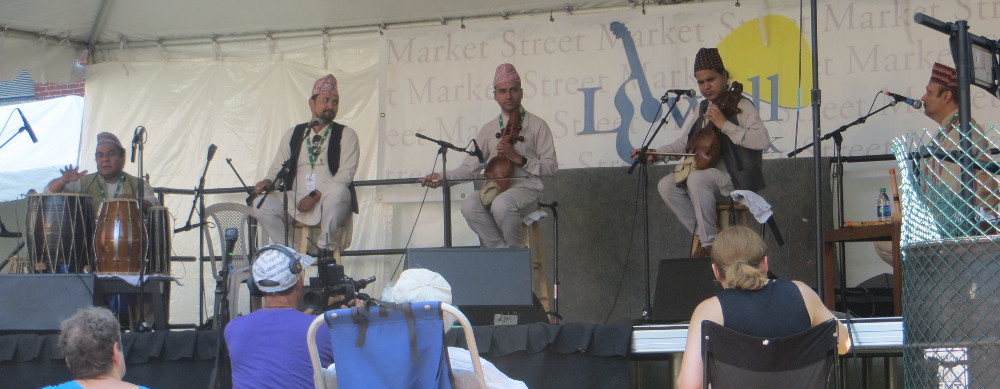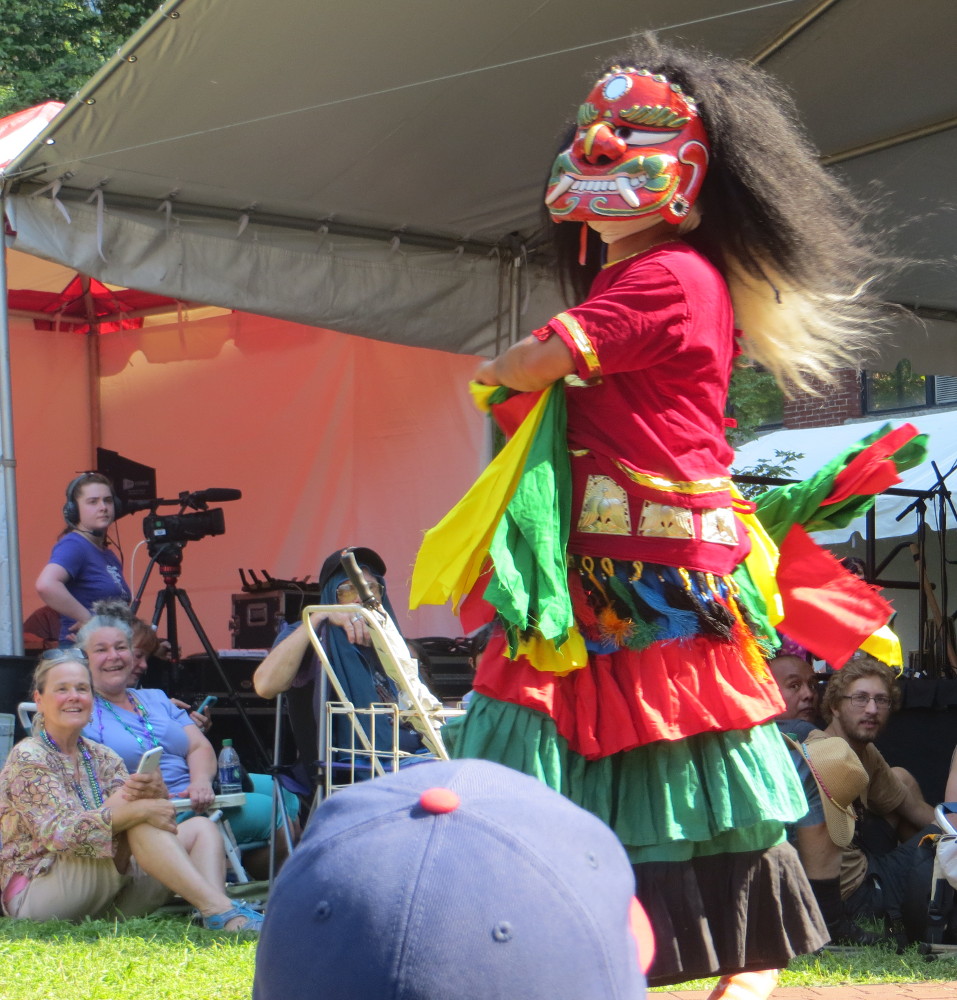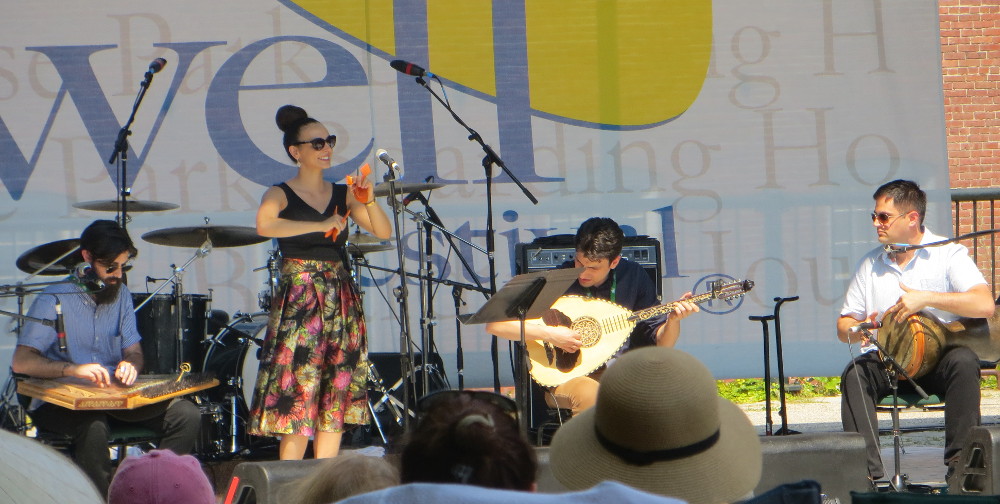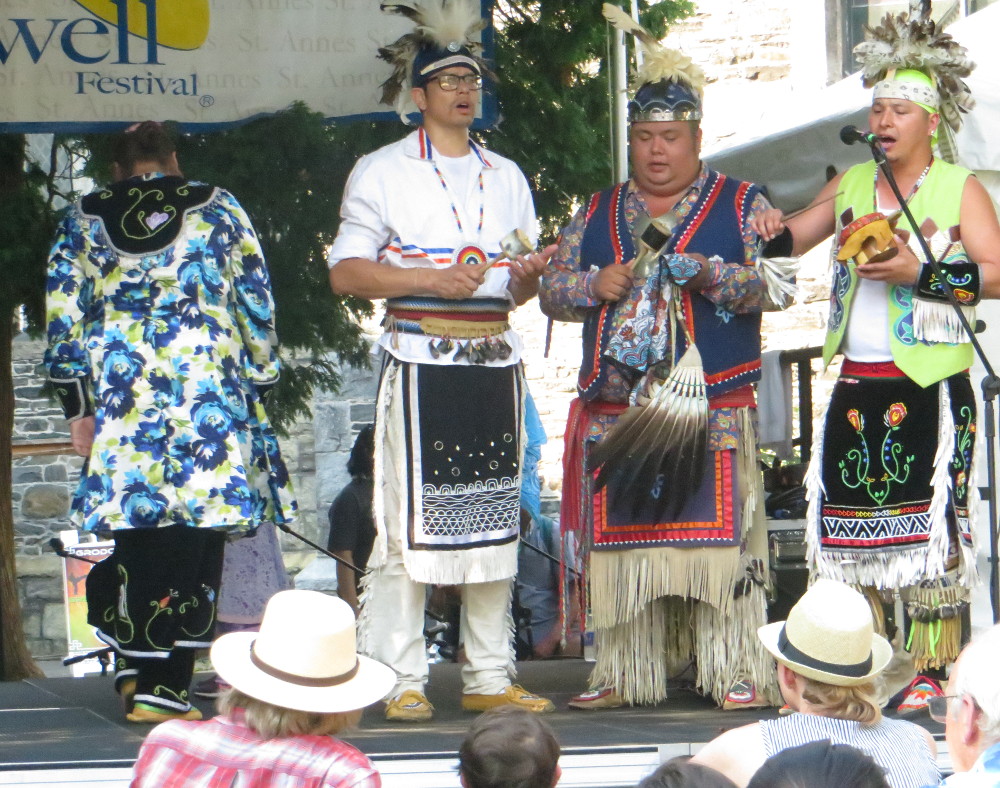
Chris Thomas & His Smoke Dancers – all photos by J. Stoller, except where noted
If you want to see what can happen when you let the Great Spirit move you, check out the The Smoke Dance of the Haudenosaunee (Iroquois) Nation. This dance is characterized by lightning fast footwork and it’s considered one of the most popular and dynamic competition dances at Northeastern pow-wows. Chris Thomas, one of the current masters of the smoke dance and one of its most celebrated ambassadors, uses his performance to teach people about Haudenosaunee history and culture.
The Haudenosaunee Confederacy (also known as “People of the Longhouse”) comprises Oneida, Onondaga, Seneca, Cayuga, Mohawk and Tuscarora nations of central and upstate New York. “Iroquois” was actually the name they were given by French Jesuits. Thomas is a member of the Onondaga Nation Beaver Clan.
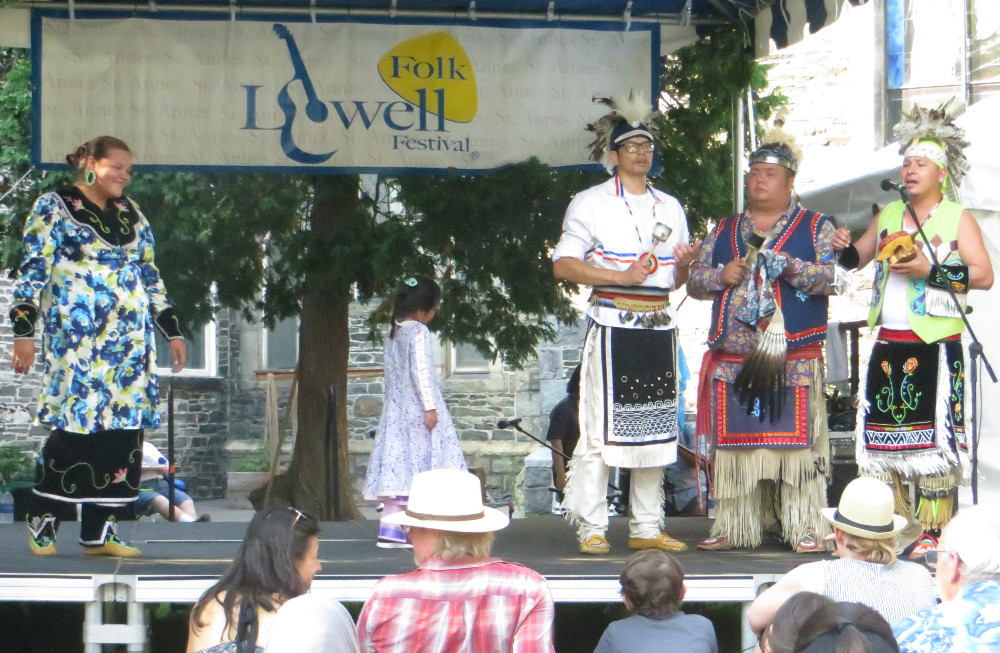
Haudenosaunee ceremonial dances have spiritual significance, and as such, they are reserved for members of the tribal community. However, social dances like the Rabbit and Old Moccasin dances can be performed in public, and they’re seen in competitions. The smoke dance is a newer form that was developed in the last century. It may have roots in the War Dance, though some day it mimics clearing out smoke from the longhouse.
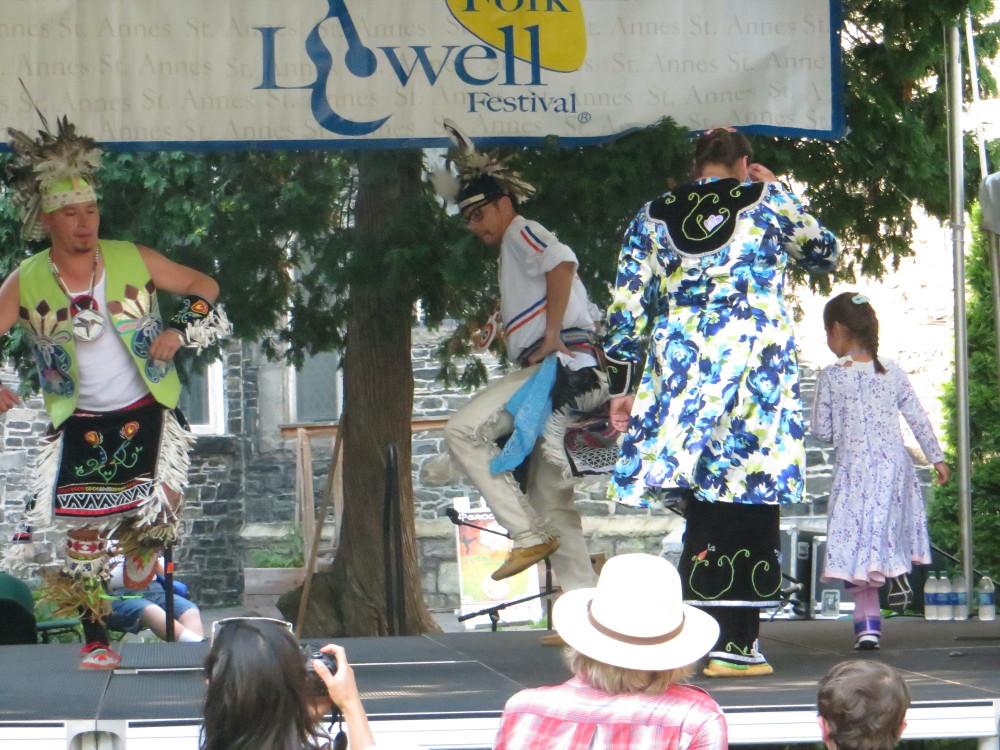
The way one learns Haudenosaunee dancing is by watching and then participating, building one’s own style within the framework of the traditional dance, its costume and singing. Thomas learned in this way, attending shows and pow-wows, where he eventually became a competitive dancer.
His stepfather Bill Crouse, of the Seneca tribe, introduced him to dance and taught him to sing. Many of the songs Thomas presents are in the Seneca language, which is closely related to Onondaga. He regularly performs with his performing troupe, made up of members of the Oneida, Onondaga and Seneca Nations, as he teaches the public about the rich culture and history of the Haudenosaunee.
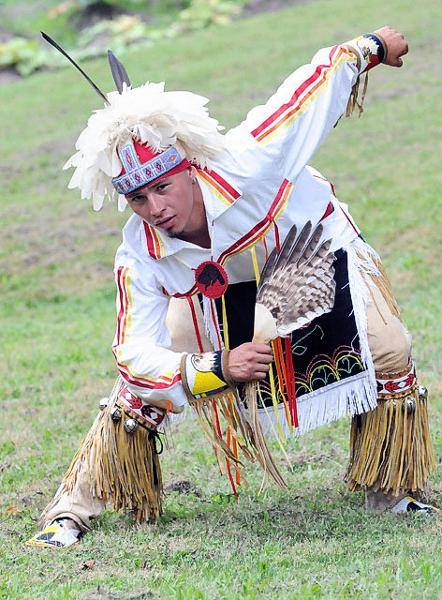
Chris Thomas – photographer unknown

